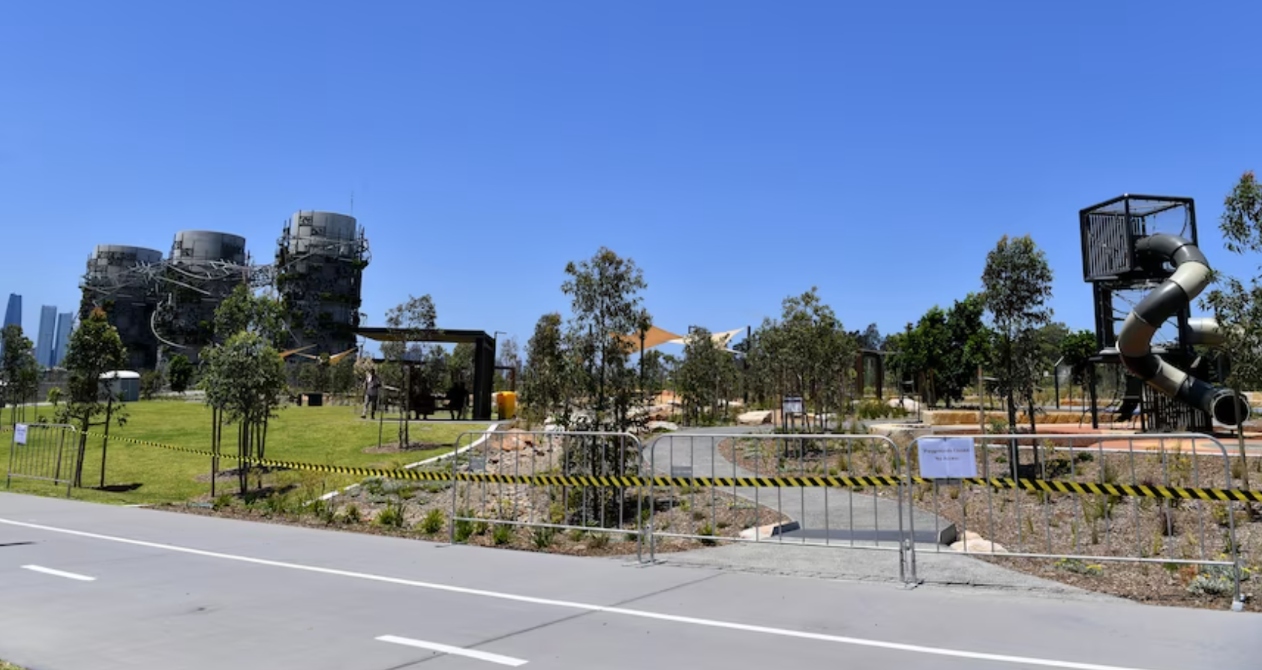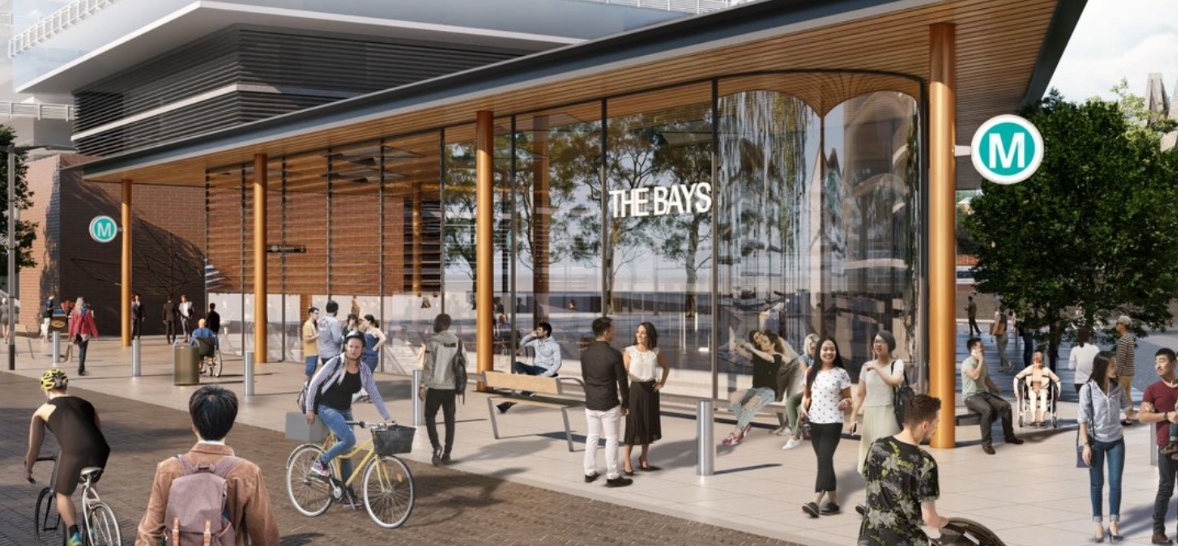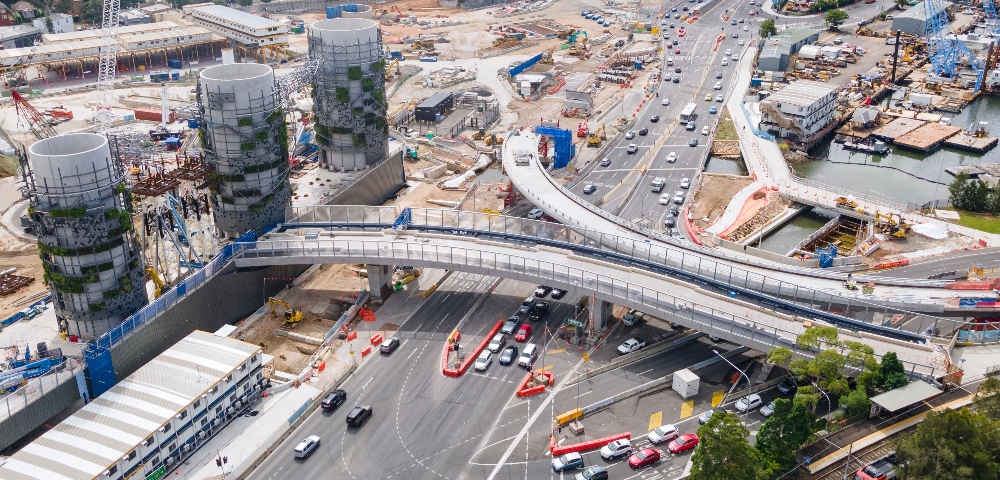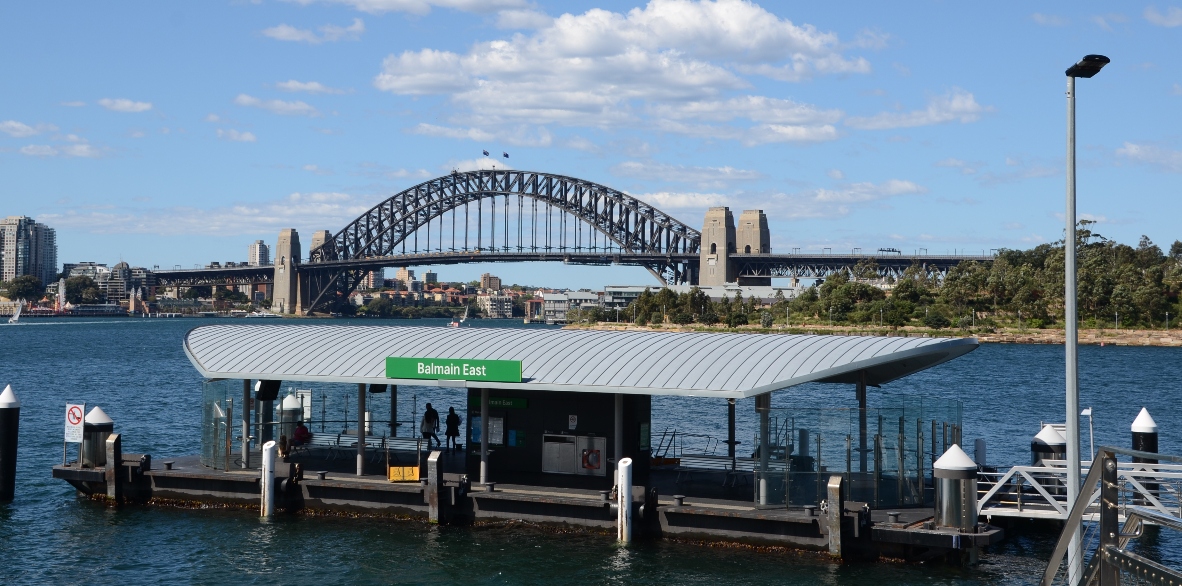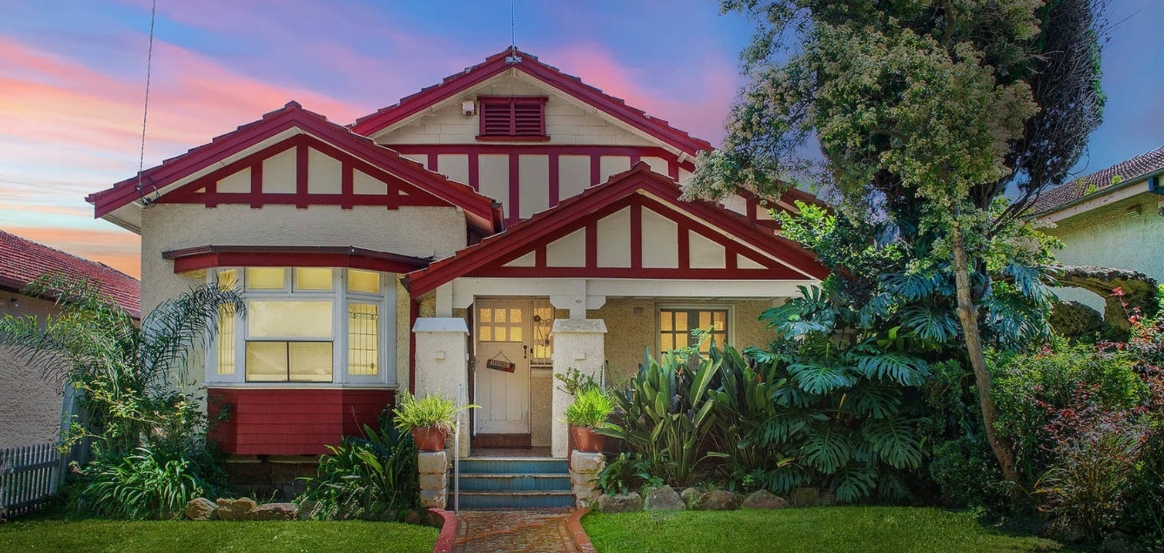
The Last of the Brutals

BY AVA REDMAN
After a long-standing fight by the residents of Glebe, the survival of the Bidura Childrens Court building hinges on two Land and Environment Court Hearings: the first, a one-day Conciliation Conference, to be held on the 27th November, followed by a longer three-day hearing at the end of February next year. The Bidura site consists of two architecturally significant properties: a Colonial Regency house known as ‘Bidura’ designed by Colonial Architect Edmund Blacket (also his residence while he was designing the University of Sydney Hall), the other a controversial combined court building and remand centre added years later.
Blacket’s Bidura house has long been listed as a local heritage item and was recently elevated to the State Heritage Register as a state-significant heritage item.
The Childrens Court building, built in the neo-brutalist style, has garnered a love/hate response – it’s the architectural style that features concrete used in an uncompromising way and bold, sculptural forms.
Ongoing efforts from the Save Bidura from Overdevelopment group have helped to raise the court building’s profile. It has been included in Sydney’s new Brutalist Map and has also made numerous appearances on social media sites such as Instagram and Twitter, as well as other prominent blogs and websites.
It is also listed on the City of Sydney Barani website as a historic location for Aboriginal people.
Locals are arguing its importance as a piece of architectural history that is key to Sydney, not a pawn for the real estate market. The new owner, Vision Land Development, wants to demolish the Brutalist building and build an eight-storey apartment tower and several townhouses on the site behind the Blacket house.
“The maximum height allowed for the rear of the site is only supposed to be five storeys,” said Jenna Reed Burns of the Save Bidura from Overdevelopment group, who stated that the proposed new apartment tower will not be in keeping with the ‘Glebe village’ aspect or respect the topography of the site. “Before the state government sold the site they changed the rules to get a better price, increasing the maximum height allowed and the density for the site” she added.
A local petition with over 1,500 signatures collected by the group has helped strengthen awareness of the fight to save the building. It has also been one of the largest petitions from Glebe residents received by the City of Sydney council.
Local MP Jamie Parker declared in an email, “It was pure folly to sell such a sensitive site… Our community needs childcare centres and community facilities, not more residential apartment towers.”
The property investors submitted a second application for DA approval following the rejection of the first. Again it proposes to demolish the Children’s Court building and replace it with an apartment tower, plus several townhouses. Jamie Parker said, “This latest application has been opposed by even more local residents than the previous one. It is equally unsuitable.”
The Bidura Childrens Court isn’t the only building of this style facing demolition. The Sirius building in The Rocks, adjacent to the Sydney Harbour Bridge, was designed as public housing and is considered a landmark.
The Bidura Children’s Court building is a rare find architecturally — a major civic building in the Brutalist style that respects its location and the heritage-listed house at the front of the site.
A new heritage assessment by Hindmarsh Robertson, commissioned by the City of Sydney council, has acknowledged the building’s rarity and heritage significance on a number of levels.
Because of this, Council is now considering listing the building as a local heritage item, which will affect the current DA application. The fight to save the Bidura Childrens Court building is a long way from over…




